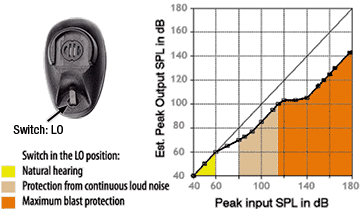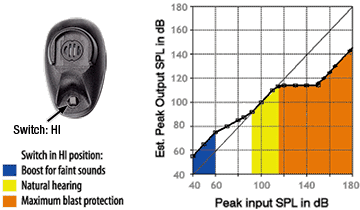Review: Etymotic GunSport Pro Electronic Ear Protection
Doc Rader 12.11.17
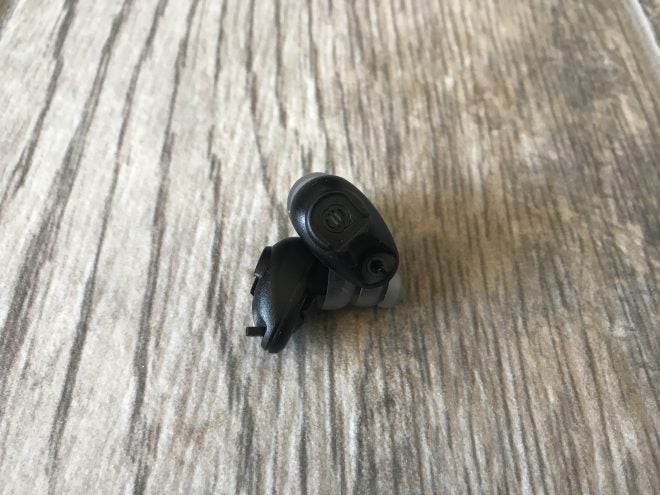
Recently I was sent a set of Etymotic GunSport Pro Electronic Ear Protection earplugs to review. I had always been interested in smaller “in-ear” active protection but was also cautious about the effectiveness. Since I have gotten into precision long range, ear protection has become an issue—over-the-ear muffs can prevent a good consistent cheek weld. Also, a couple of other things I do in my professional life make over-ear protection impractical.
Technical Specifications
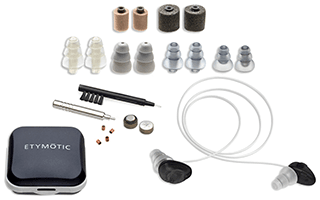
In the Box:
- Earplugs
- Assortment of Tips
- Flexible neck cord
- Filter Tool (and replacement filters)
- Cleaning Tools
- (8) #10 batteries
- Case
GSP electronic earplugs use Etymotic’s ACCU•Technology with high-definition balanced-armature drivers, high-sensitivity microphones and wide dynamic range compression signal processing.
The circuitry in the GunSport Pros automatically changes output levels as ambient sound input levels change. As sound levels increase, earplugs gradually provide 15-dB sound reduction. Natural hearing is restored when sound returns to safe levels. Below are a couple of charts showing the ranges:
Observations
I wore them at a couple of different venues, in addition to a ton of range time. I wore them at Springfield Armory’s Desert Duel (2017’s media event) for a good portion of the time (I wanted to contrast with my over-ear protection). I also wore them on a couple of ten-hour shifts with the Sheriff’s Department where I am a Reserve Deputy.
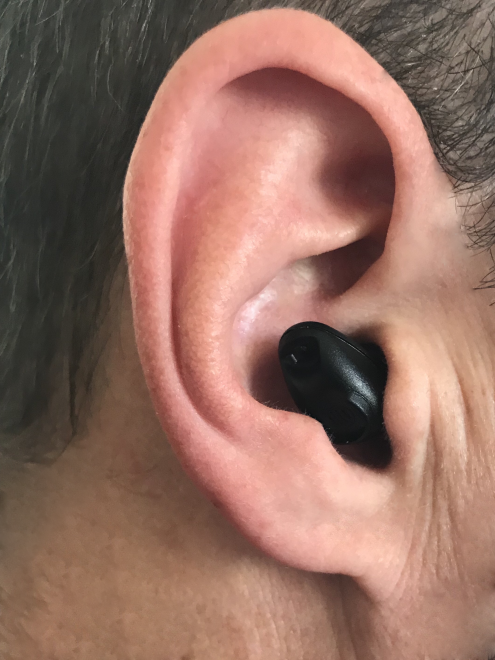
It is obviously important to fit the right tips to the size of your ear canal. Once you do that, they are super-comfortable. I really stopped noticing them after a few minutes, which is not something I can say about any other in-ear device I’ve used.
The sound was great. Not Bose or anything, but I could definitely still differentiate a good range of sounds. I could tell I had ear protection in, but they didn’t hamper my hearing like squishy plugs. As soon as there was a shot, they actively blunted the sound down to comfortable levels. I did notice that during sustained sets, it was a little challenging to hear other sounds—just as I have experienced with every other type of ear protection I’ve ever used.
I did not use them indoors, but you would likely want to consider over-the-ear protection in addition to these, because indoor ranges can get shockingly loud.
The amplification is pretty good. You enable it by flipping a little switch on the side. Even with amplification, the sound reduction is still active. I imagine that amplification use will drain the batteries a little more, but I never ran them continuously long enough to have the batteries die (I always replaced at each new venue).
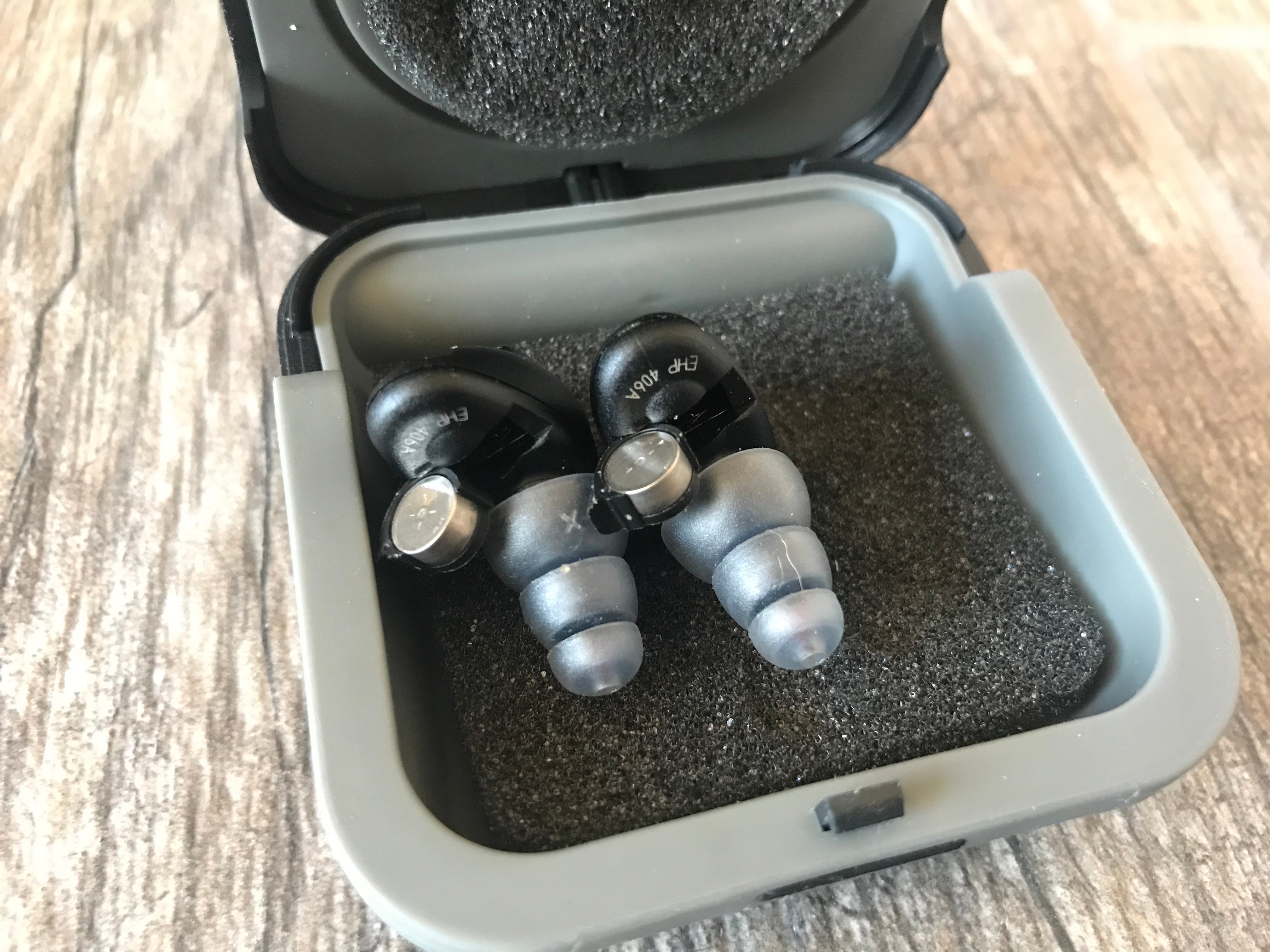
You need to plan for use with them. With my old earmuff style, I could turn them off and leave them in my range kit for weeks on end if needed. Since the batteries for these are activated by the air, once you pull the tab, your clock starts ticking. Also, the unit becomes active as soon as you close the battery door. You can conserve battery life by popping the batteries out between uses.
During my ten-hour shifts, the ear protection ran the entire time, and it was nice to be able to amplify hearing during searches. They stayed well-seated during all of the activity you expect during a shift. Fortunately, there was no need to test out the noise reduction feature while on duty.
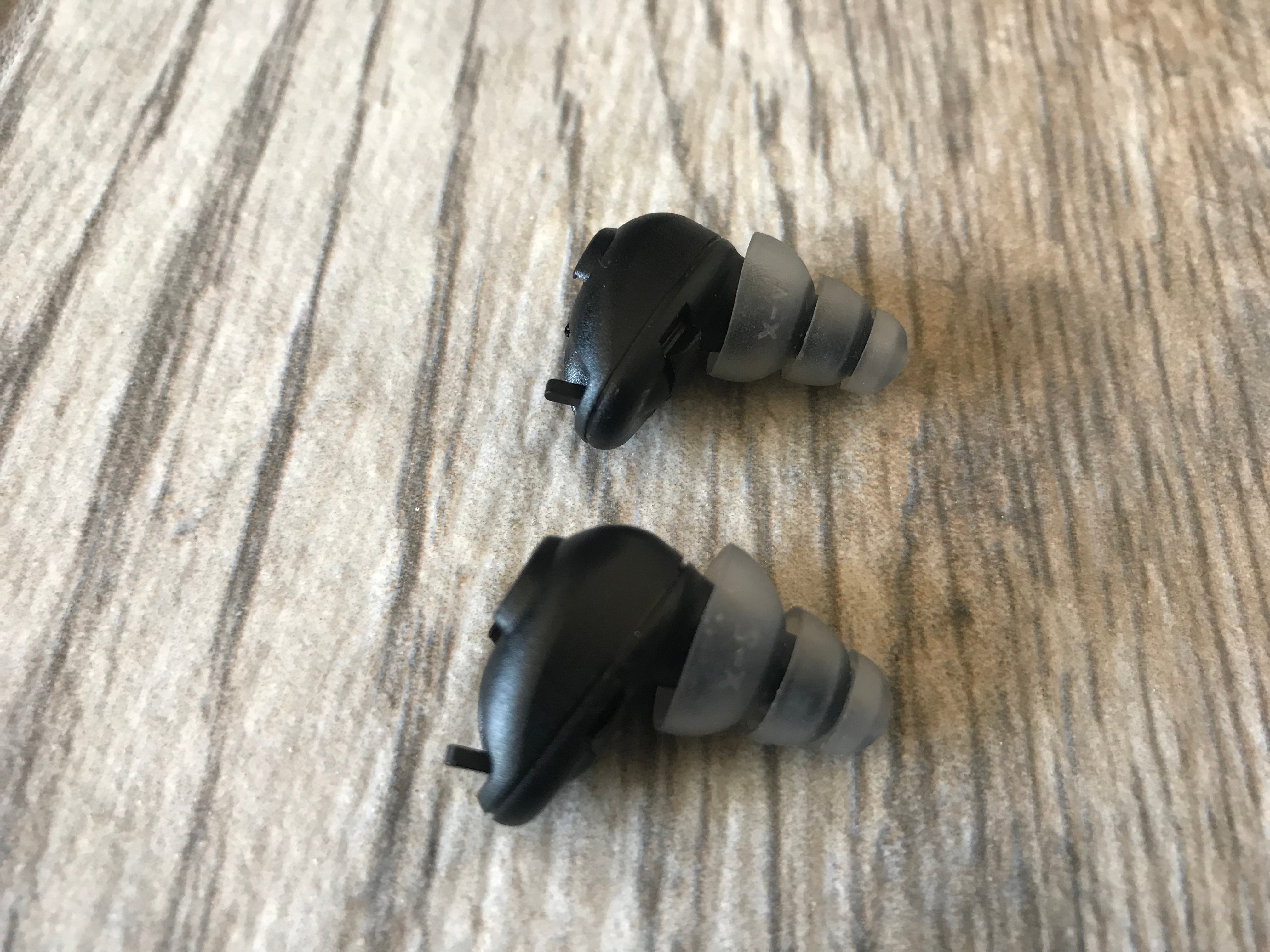
The neck cord I found to be pretty useless. It was just too thin and kept getting tangled up. I think the idea is great if you are constantly taking them out of your ears. Personally, I just kept them in my ears throughout each event/shift. At the end of use, I just put them back in the little case, and put the case in my pocket.
Finis
After using the Etymotics for a few months now, I can definitely see the appeal. They are a great addition to my shooting kit, as well as usage on shift work where you may expect sudden loud noises as well as sustained noise beyond hearing safe level. They allow your ears to breathe so you don’t get the normal sweaty mess. Also, they do not interfere with cheek weld on a rifle.
The biggest downside is the batteries—you will go through batteries, at a cost of roughly $0.50/range trip if you only go once a week (you can buy a brick of sixty batteries on Amazon for around $15).
While they are a little pricey at $299 (cost at Amazon at time of writing), that is a small investment to protect hearing. If you shoot or are potentially around unsafe noise levels, and over-the-ear protection is not feasible or practical, these will serve you well.
You can find more information at their website: https://www.etymotic.com/consumer/hearing-protection/gsp15.html
